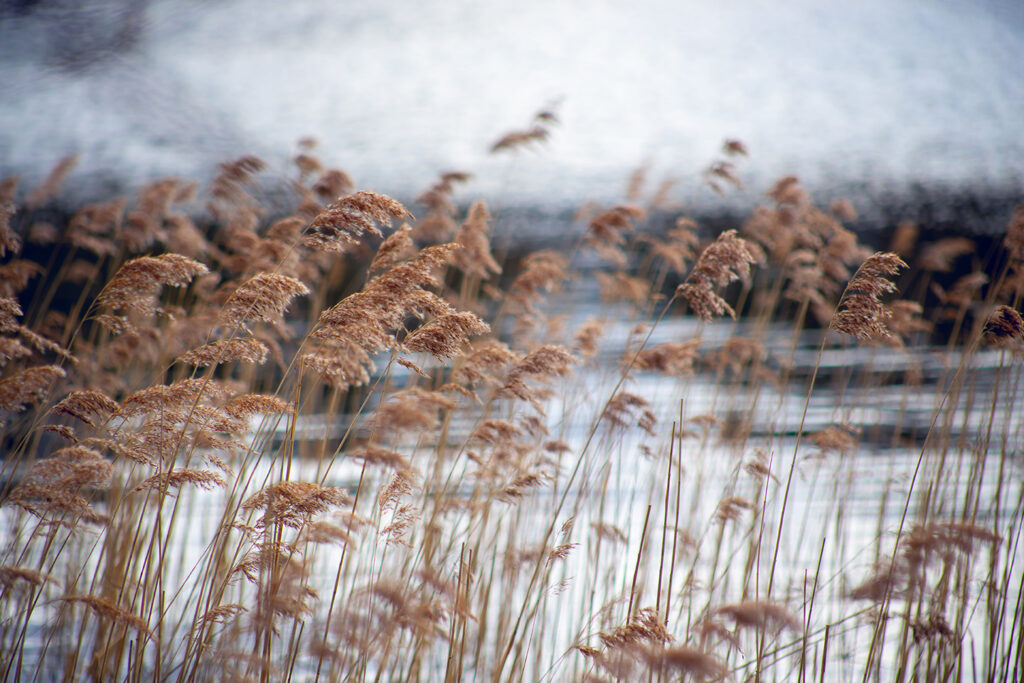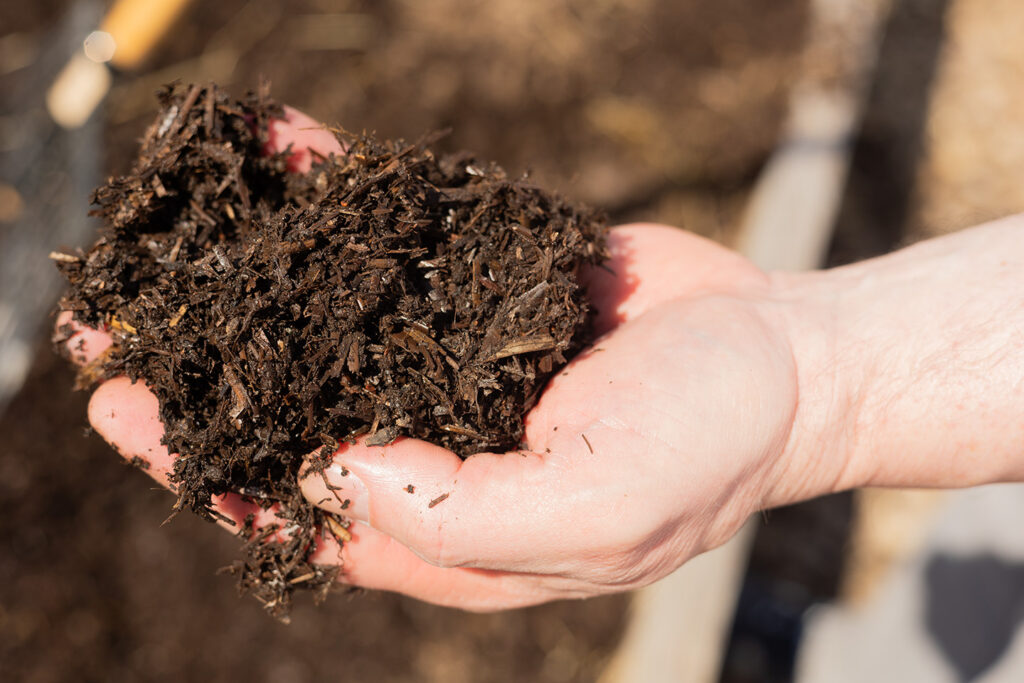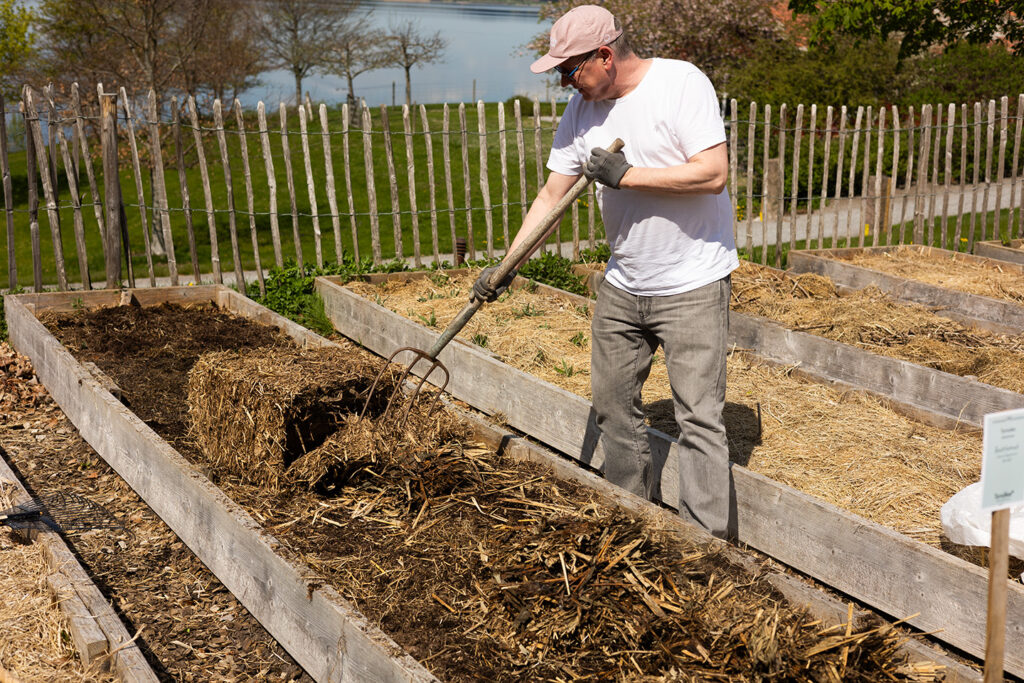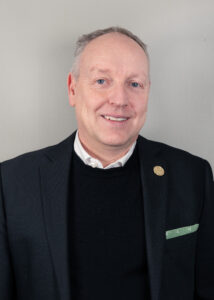Harvested Reed – Cleans the Sea and Benefits the Land
Reed is a sustainable but underutilized material that, when harvested, can contribute to a cleaner and healthier Baltic Sea. Commonly found along the Baltic Sea's coasts, reed plays an important role in the nutrient cycle. Besides creating habitats for fish, birds, and insects, reed absorbs nutrients that otherwise lead to the eutrophication of the Baltic Sea. By harvesting reed, nitrogen and phosphorus are removed from the water and can instead be beneficial on land, for instance as nutrient-rich material for cultivation, animal feed filler, and packaging material. Axfoundation is testing several uses for harvested reed.

Harvesting coastal reed beds can lead to improved water quality and increased biodiversity.
The Issue
Eutrophication of the Baltic Sea is a serious environmental issue that contributes to algal blooms, oxygen depletion, and seabed death. Eutrophication occurs when excessive amounts of nitrogen and phosphorus are released into the sea. These nutrients typically originate from agriculture, sewage discharge, industrial activities, and runoff from land use. Algal blooms can have several negative consequences for the Baltic Sea’s ecosystem and human health. When algae die and decompose by bacteria, these bacteria consume oxygen from the water, leading to oxygen deficiency and the formation of dead zones where fish and other organisms cannot survive. The nutrients running into the Baltic Sea contribute nearly one million tons of nitrogen and about 30,000 tons of phosphorus per year. This is more than double the emissions from 100 years ago.
Our Solution
Harvesting coastal reed beds can cost-effectively remove significant amounts of nutrients from coastal waters. Besides improving water quality, this practice benefits biodiversity by restoring coastal habitats. The project aims to identify market opportunities for various uses of reed. Solutions being tested include using reed as a soil improver, horse feed and growing substrate for mushrooms, and as raw material for packaging and construction materials. The Reed Project encourages companies to develop a variety of product prototypes from reed, as it remains an underutilized material that the market is not yet accustomed to working with.

Reed as soil improver – a circular solution that returns nitrogen and phosphorus from the Baltic Sea to the soil.

Project manager Johan Sidenmark takes the opportunity to mulch with reeds at Torsåker farm.
Our Work
Axfoundation’s role is to test and evaluate various applications for harvested reed in collaboration with Race for the Baltic and other stakeholders across different value chains. This work involves developing business models that enable the sustainable and market-driven use of reed. The tests are conducted at Torsåker Farm and Lövsta, north of Stockholm. Race for the Baltic is involved in several projects with the EU, Swedish University of Agricultural Sciences, and commercial actors in Sweden and Finland to analyze the barriers and opportunities for commercializing value chains and reed-based products.
Did you know…?
- Reed has an important role in the nutrient cycle along the coasts of the Baltic Sea. It provides a habitat for other life forms, such as fish, birds, and insects, and absorbs nutrients like nitrogen and phosphorus from the water.
- Harvesting and removing reed helps reduce the risk of eutrophication.
- Each hectare of reed bed harvested removes 5-10 kg of phosphorus and 50-100 kg of nitrogen, significantly reducing nutrient levels in coastal waters. A total of 260,000 hectares of reeds grow along the coasts of Sweden and Finland, corresponding to approximately 2,600 tons of phosphorus.
- The Helsinki Convention, Helcom, was established in 1974 to protect the marine environment of the Baltic Sea area. In line with Helcom, Sweden has committed to reducing nitrogen and phosphorus emissions into the Baltic Sea. Harvested reeds can play an important role here.
- If the vegetation is harvested in mid-August, nesting birds are not disturbed, and it is also a suitable time for the quality of the biomass.
- Reed can be used for soil improvement and horse feed, among other things. Other application areas include straws, packaging, thatched roofs, and building materials. Axfoundation focuses on testing reed in garden soil, feed, packaging, and as a growing substrate for mushrooms.
Partners
The project partners are Axfoundation, Race for the Baltic, Econova, Sjöutsikt, Lövsta Stuteri, RAWS, Kiteen Mato ja Multa Oy och Stockholm Mushroom Farm.














































